He was not irrevocably twinned with Pete Shotton. Sometimes on weekends or in the school holidays, he would forsake Pete and his Raleigh Lenton and go for a long bus ride by himself, past the Penny Lane roundabout and through the descending suburbs into central Liverpool. His usual destination was the Kardomah coffeehouse in Whitechapel, where he had a favourite stool at the ledge along the street window. He would sit there for so many hours, sketching in his book and on the steamed-up window or, as he put it, ‘just watching the world go by’, that Mimi nicknamed him the Kardomah Kid.
To Mimi, his drawings and poems were no more than timewasting distractions from school work. Often he would come home and find she had conducted a guerrilla raid on his bedroom and thrown every piece of paper she could find into the kitchen wastebin. There would be a furious argument in which even his usual ally, Uncle George, dared not take his side. “I used to say [to Mimi] ‘You’ve thrown my fuckin”’ poetry out and you’ll regret it when I’m famous,” John remembered. ‘I never forgave her for not treating me like a fuckin’ genius.’
Prior to John’s 15 year, the British had regarded the process of growing up as perfectly straightforward. The system was that children went on being children until puberty was well advanced; then, virtually overnight, they turned into grown-ups, wearing the same kind of clothes as their parents, aspiring to the same values and seeking the same amusements. The effect of rioting hormones on immature and impressionable minds had yet to be studied in any depth by scientists or sociologists. The continuance of wartime’s mass conscription claimed all able-bodied males at age 18 and put them through two years of military discipline that, in most cases, left a permanent mark. Only university students, then accounting for just 2 per cent of young people, were permitted an interlude of free will and indulgence—even some public unruliness—before assuming the burdens of adulthood.
American films made John and his friends enviously familiar with a society that, on the contrary, recognised the years between 13 and 20 as a distinct season of life and catered to it with superabundant lavishness. A blissful interlude it seemed, with its open-to-all college campuses, its high schools so very different from Quarry Bank, its giant-lettered boys’ jerseys, its girls’ ponytails, its hamburgers, Coca-Cola, cheerleaders and hops. Long before it had any personal relevance for him, John had picked up on the fundamental cultural difference: ‘America had teenagers…Everywhere else just had people.’
American young people as Hollywood projected them—which, of course, meant young white people—had always been gee-whiz happy and healthy-minded and, if possible, even more respectful and conformist than their British counterparts. But since the war, ominous cracks had begun to appear in this cornerstone of American life. The year 1951 saw publication of J D Salinger’s Catcher in the Rye , a novel written in the voice of a 17-year-old boy, Holden Caulfield, alternately mocking and reviling the Utopia into which he had been born. In 1953 came The Wild One , a film about the terrorising of a small town by a group of leather-clad teenage motorcyclists (collectively known as the Beetles). ‘What are you rebelling against?’ a woman character demands of the young Marlon Brando as the pack’s leader. ‘Whaddaya got?’ he replies.
All these vague, discontented mutters and hormonal stirrings first took definite shape in James Dean, a young stage actor from the Midwest, schooled with Brando in the Method technique and then picked up by Hollywood. Gaunt and melancholic, Dean was the first star with specific appeal to teenagers of the new troubled and troublesome variety. He wore their to-hell-with-it uniform of T-shirts and shabby jeans, suffered their same agonies of uncertainty and hypersensitivity, spoke in their same surly or shy mumble. Their feeling of alienation from a seemingly bountiful and indulgent world was perfectly expressed in Rebel Without a Cause , the 1955 film that was both Dean’s apotheosis and farewell. That same year, he died in an car accident in his Porsche sports car, thereby achieving immortality.
In Britain also, the postwar years had seen rising concern over what was still patronisingly termed ‘the younger generation’. Juvenile crime increasingly dominated newspaper headlines, from the Craig-Bentley murder case (in which a London policeman’s 16-year-old killer was judged too young to face otherwise automatic capital punishment) to the rise of so-called ‘cosh-boys’ as a threat to formerly safe urban streets.
But the first generalised outbreak of deviancy among the younger generation occurred in no place more sinister than tailors’ fitting rooms. During 1955, a proportion of British youths rejected the tweed jackets and baggy grey flannels prescribed for them almost by statute, and took to going about in knee-length coats with black velvet collars, frilled shirts, leopardskin waistcoats, bootlace ties, ankle-hugging ‘drainpipe’ trousers, fluorescent orange or lime green socks and chukka boots raised on two inches of spongy rubber. The style being reminiscent of Edwardian dress, its adherents were dubbed Teddy Boys, though dandified Wild West heroes like Wyatt Earp or Wild Bill Hickok also represented a strong influence. Their most radical departure from convention was their hair—no longer planed into an army-style short back and sides and flattened with Brylcreem, but blow-dried into a flossy forelock, backswept over long sideburns, and interleaved at the rear into a DA, or duck’s arse.
Teddy Boys were exclusively working-class young men who by rights should have been welcomed as symbols of growing national affluence. Since no men’s outfitters stocked such outlandish garments, they had to be expensively tailor-made, often to the client’s own design. Unfortunately, some (though by no means all) of these style pioneers were also apt to get into street brawls, using weapons like coshes, brass knuckles and bicycle chains. As a result, for a decade to come, unusual suits and long hair would be synonymous in the British mind with proletarian criminality and riot.
In Woolton, John and his circle were too young—albeit by just a whisker—to be swept up in James Dean mania or join the first wave of Teddy Boys. For John, the latter were no more than comic curiosities to be recorded in his sketchbook (like a Scotsman with a ‘drainpipe kilt’). Liverpool ‘Teds’ took their reputation as hard men with special seriousness, none more so than John’s old Dovedale Primary schoolfellow Jimmy Tarbuck, now very big and tough and disinclined to any humour where his wardrobe was concerned. ‘We were all dead scared of Tarbuck,’ Len Garry remembers. ‘He’d only got to say “Are you looking at me?” and we’d run…John the fastest of all.’
Woolton did not offer much encouragement to would-be Teddy Boys. The village’s two barber’s shops, Ashcroft’s and Dicky Jones’, both treated their teenage clientele merely as so many sheep to be sheared. John and his friends preferred to have their hair cut at Bioletti, in the little parade of shops off the Penny Lane roundabout. The proprietor and sole operator was an elderly Italian who had also cut John’s father’s hair—though John had no idea of this—when Alf Lennon was at the Bluecoat Hospital in the 1920s. Signor Bioletti’s hands were famously shaky, but his trembling scissors would make at least a stab at more modish styles. And in his shop window—as a song would one day commemorate—were head shots of satisfied customers triumphantly coiffured like James Dean, Tony Curtis or Jeff Chandler.
One sunny evening during that June of 1955, Mendips’ most regular boarder, Michael Fishwick, was finishing supper in the morning room, and Uncle George was due to take his place at the table before starting night-watchman duty at the Bear Brand factory. Suddenly, as Fishwick recalls, there was ‘a terrible bang on the stairs’. On his way down, George had collapsed from what the biochemistry student recognized as massive internal bleeding. He was rushed to Smithdown Road Hospital but died soon after admission; the cause was given as a haemorrhage of the liver.
Читать дальше
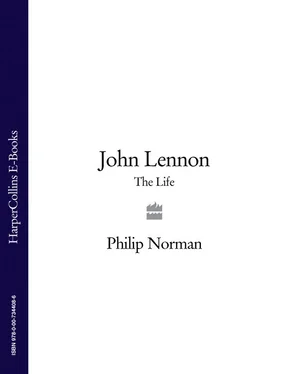
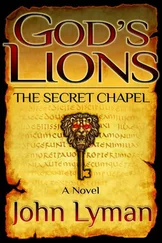
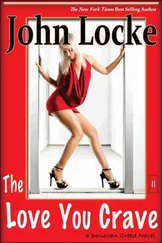
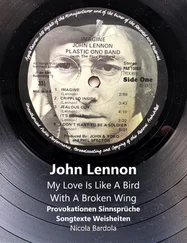
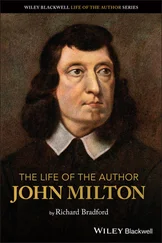
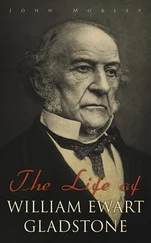

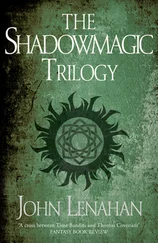
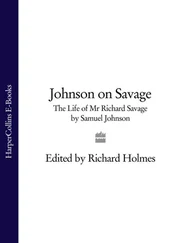
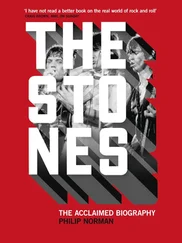


![John Bruce - The Lettsomian Lectures on Diseases and Disorders of the Heart and Arteries in Middle and Advanced Life [1900-1901]](/books/749387/john-bruce-the-lettsomian-lectures-on-diseases-and-disorders-of-the-heart-and-arteries-in-middle-and-advanced-life-1900-1901-thumb.webp)